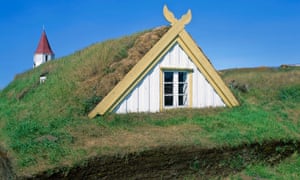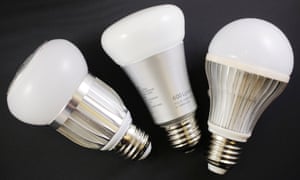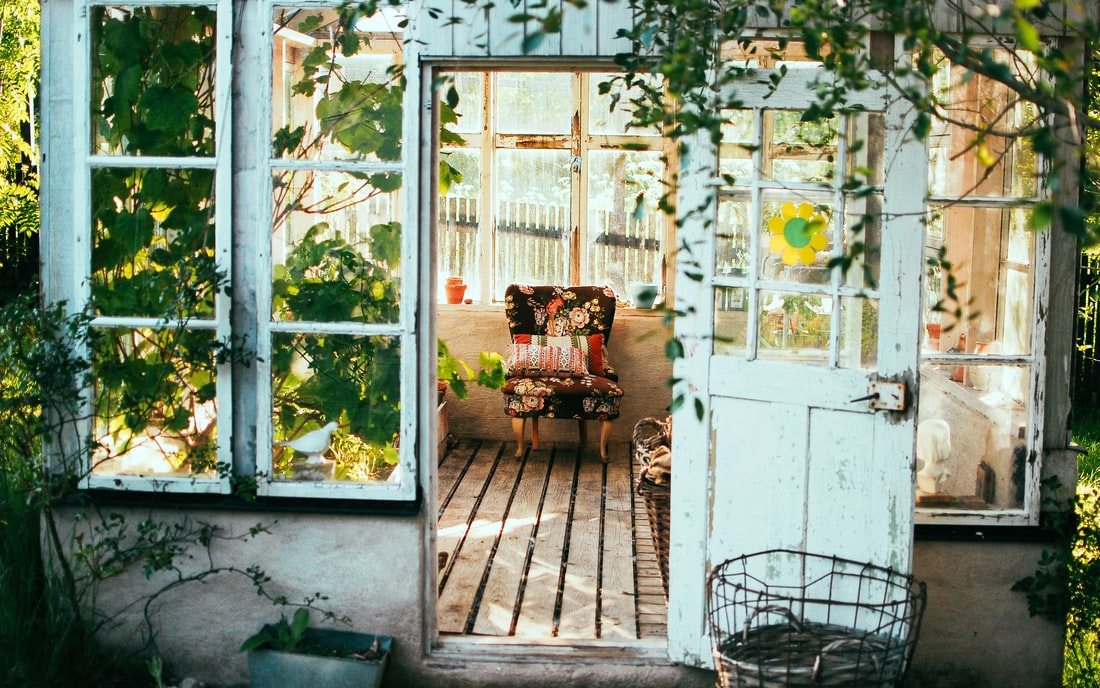From sun tunnels to wood burners, here are a some small-scale, energy saving ideas for sustainable renovation, inspired by some of Britain’s superhomes

1. Flooring
Reclaimed wooden boards have obvious eco-credentials and the added benefit of being pre-seasoned, so they won’t warp once they have been installed. Scaffold boards are robust and relatively easy to source, with a characterful patina that works well on floors as well as feature walls.
Cork is another renewable material that works well underfoot. The same tree can be harvested for cork for more than 200 years, and every harvested cork tree fixates between three to five times more carbon. Like carpet, it has excellent thermal and acoustic properties, is soft and springy with the added benefit of being waterproof and wipeable.
2. Eco-friendly paint
The market for eco-friendly paint has grown significantly and DIYers are now spoilt for choice when shopping for low- or no-VOC paints (paints without chemical ingredients that evaporate into the atmosphere when the paint is drying). These perform equally well as conventional paint, offering great colour, coverage and durability without any of the harmful added solvents. Click here for a list of natural paint suppliers.

3. Recycled surfaces
If you are replacing your kitchen, consider installing a recycled worksurface. Manufacturers such as GlassEco and Designfinger offer bespoke surfaces and splashbacks that transform waste products such as glass and concrete into contemporary, functional worktops. Similarly, the Eco Friendly Tile Company manufactures carbon neutral porcelain tiles made from recycled television screens and car windscreens while the US-based company, Eco Friendly Flooring has a stylish line of recycled aluminium and cement tiles for walls and floors.
4. Natural lighting
Carefully positioned mirrors and reflective surfaces will encourage light to bounce around a pokey room, but if you have a windowless room that relies entirely on artificial light, consider installing a sun tunnel. These are discreet ceiling portholes that channel light from the roof, spreading diffuse daylight throughout the room.
5. LED lighting
Artificial lighting accounts for around 15% of the average domestic energy bill, but that figure could easily be reduced if you switched your lighting system from incandescent bulbs (which convert only 10% of electrical energy into light – the rest is wasted as heat) to LEDs. These require a comparably low amount of power, and are a much more sustainable source of artificial light. They work best with track and recessed lighting, and can last for up to 22 years.

6. Draught-proofing

About one fifth of the home’s heating is lost through the windows, according to research conducted by English Heritage, with most of the warm air sneaking out through gaps in the frames rather than the glass. Effective drought-proofing can reduce heat loss by up to 86%. Download English Heritage’s guide to draught-proofing sash windows here (pdf). Letterboxes and open fireplaces also contribute to heat loss. Draught-proof your front door with an energy efficient Eco Flap, and inflate a chimney balloon to keep warm air in, and sooty draughts out.
7. Green roofing
You can insulate your home and increase the biodiversity of your garden at the same time by installing a small-scale green roof. Green roofs not only create a mini microclimate, but they protect your roofing membrane from exposure to the elements and help bring down energy costs – soil is a very effective insulant when dry. Drab flat garage roofs and even shed roofs can be transformed into wildlife havens, too. See Living roofs’ DIY guide to green roofs (£11.65).
8. Low-flow bathroom appliances
Your toilet consumes more water than any other household appliance – up to 30% of the total water used in the home – with some guzzling more than 13 litres of water per flush. If your bathroom is due an upgrade then consider replacing your bog with a low-flow model. Even if you already have a low-flow model, you can reduce water consumption even more by installing a dual-flush (one button for liquid, another for solid waste), from as little as £15. A low-flow shower head will also help make sure less water spirals down your plughole each morning.
9. Fireplaces
Burning wood is a sustainable way to heat your home, provided you do it properly. Open fireplaces are only about 20-25% efficient compared to modern wood-burning stoves, which can run at 80% efficiency. If you have the space, a wood-fuelled stove with a back boiler could heat your living room and provide domestic hot water and boil the kettle at the same time. See the Energy Saving Trust’s guide to the pros and cons of installing a wood-burner.

10. Reclaimed furniture
Lastly, once your sustainable walls, windows, floors and fittings are in place, it makes sense to fill your space with reclaimed furniture otherwise destined for landfill. Ebay aside, there are countless online emporiums to scour, each with their own line in industrial, rustic and retro chic. If you’re not a fan of the vintage aesthetic, upcycling is still very much a possibility. The latest wave of upcyclers deconstruct and repurpose Ikea stalwarts – browse their hacks here before the Swedish lawyers catch up with them …
Article originally published on: theguardian.com

